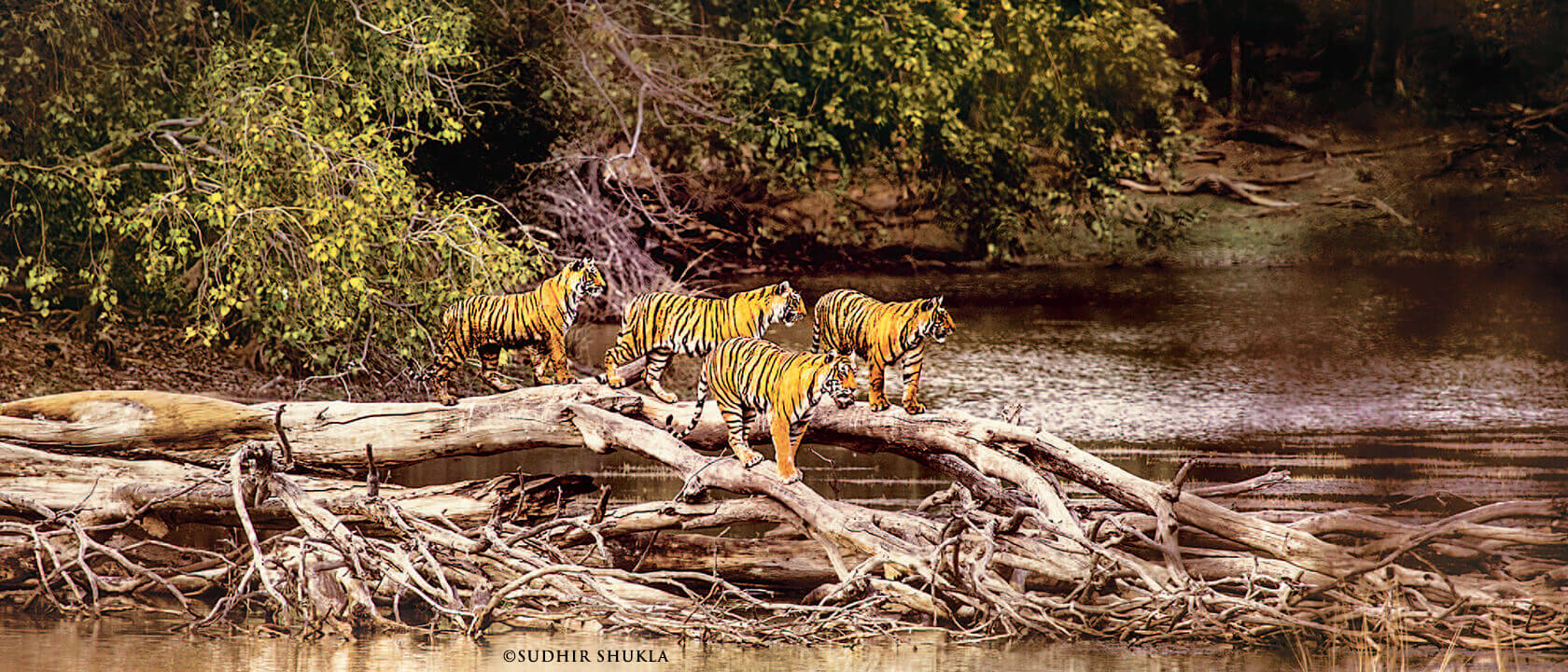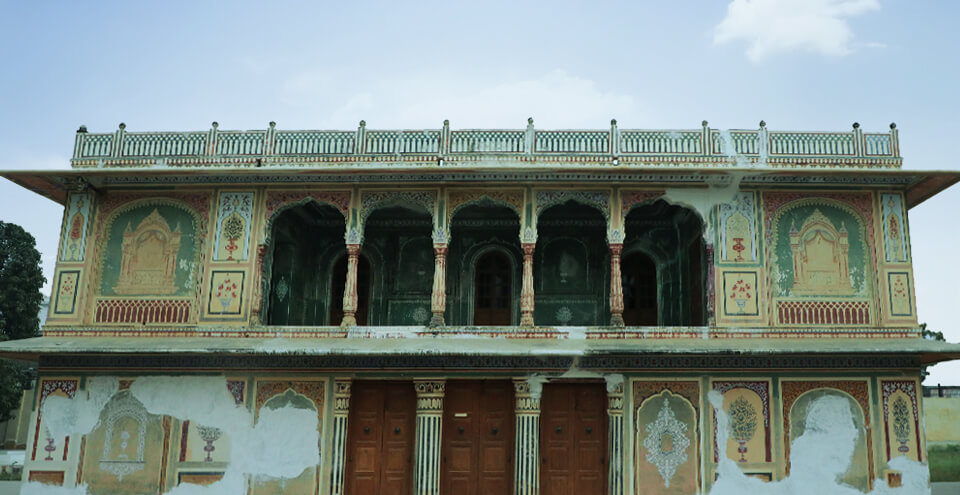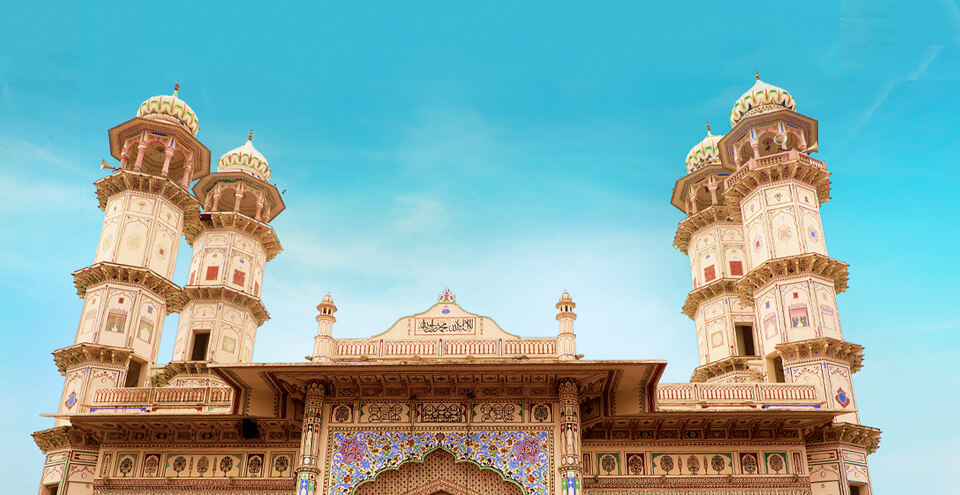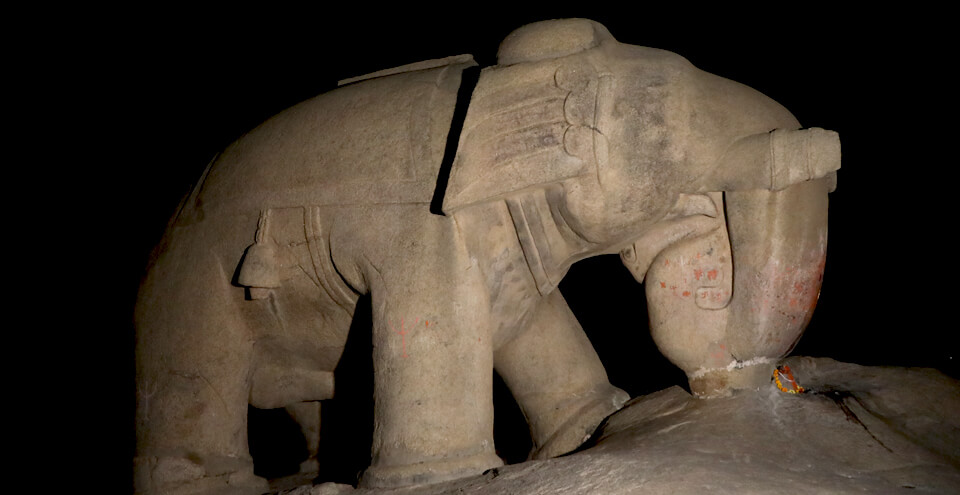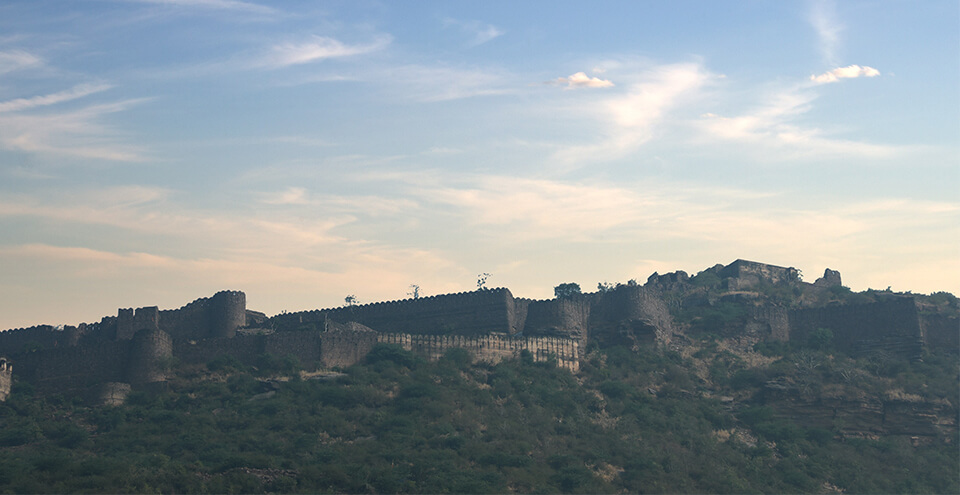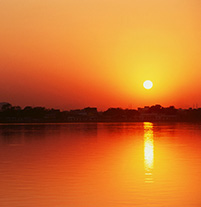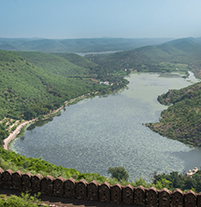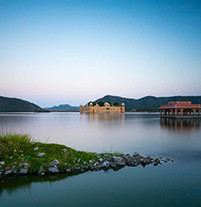SAWAI MADHOPUR
GATEWAY TO RANTHAMBORE
Cuddled up in the eastern zone of Rajasthan, Sawai Madhopur is one of the prominent conurbations of Rajasthan. Popularly known as the 'Gateway to Ranthambore', the town has seen many historic episodes and reigns. Sawai Madhopur has partly plain and partly undulating hilly terrain. The South and south east part of the district has hills and broken ground which form a part of a vast track of rugged region enclosing the narrow valley of the Chambal river. Surrounded by Vindhyas & Aravalis, this place is a treat for adventure enthusiasts as well as the ones with a fascination for history, with the Ranthambore National park- the most renowned national park in northern India and the Ranthambore Fort which was recently included in the list of UNESCO’s World Heritage sites, being the main attractions.
Passed on from the Chauhan Rajput king, Govinda to Vagabhatta, from RanaKumbha to Akbar and Aurangzeb, the city has been patronized by almost all the rulers. Beautification and renovation of the city has been regularly undertaken in almost all the regimes. Under the rule of Rao Hammir, the last Chauhan ruler the Ranthambore region prospered magnificently. In ancient India the region was more popularly known as Ranthambore. It was much later that it received the name, Sawai Madhopurfrom Maharaja SawaiMadhoSinghji I who is believed to have given the city its current plan in 1765 AD. During the British Rule Sawai Man Singh built a railway line between Jaipur and Sawai Madhopur. As a result it became accessible from a central spot in the state of Rajasthan. Today it has grown as one of the popular tourist destination in India.
Former state of Karauli, Ranthambore was amongst the strongest forts of medieval India and is linked to Prithviraj, the ruler of Shakambhari who has golden cupolas put on the Jain temple of Ranthambore. To check the increasing incurious of the Marathas, Madho Singh, the ruler of Jaipur State requested for the grant of the fort of Ranthambore but did not succeed.

